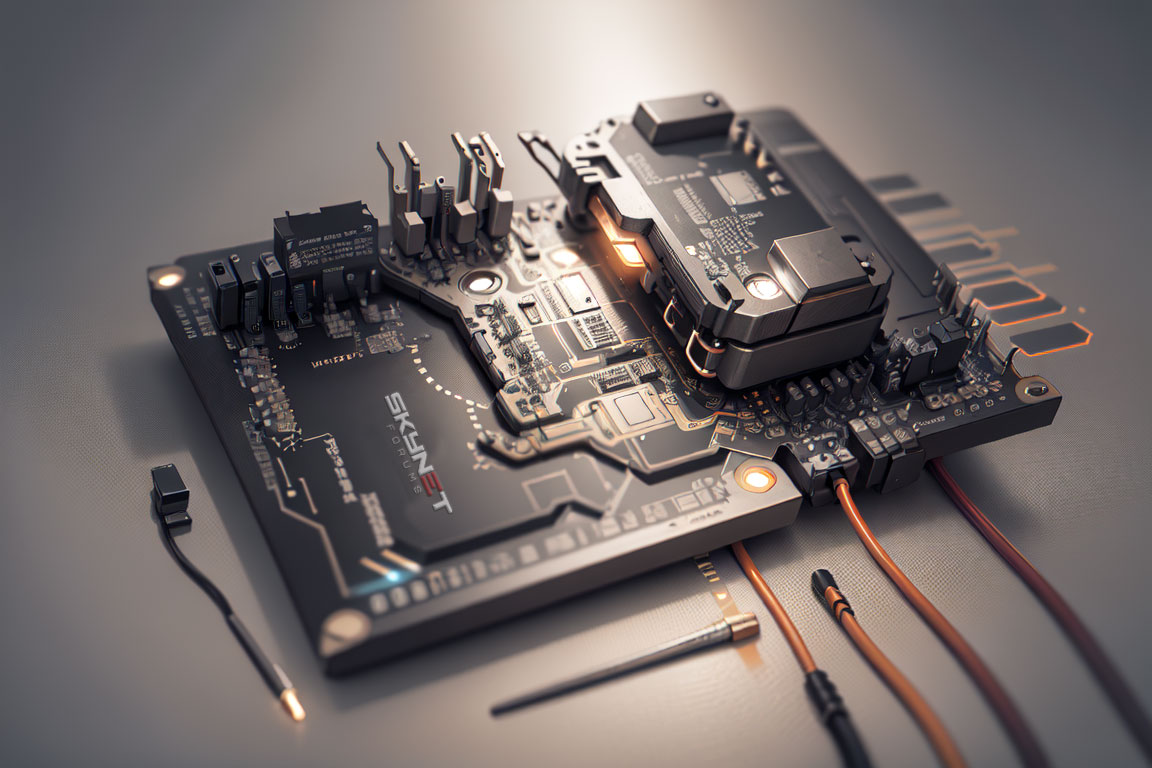Artificial intelligence (AI) is transforming product design, ushering in a wave of creativity, efficiency, and precision that is reshaping industries worldwide. From consumer goods to cutting-edge technology, AI is no longer just a tool—it’s a collaborative partner in the design process, enabling designers to push boundaries and deliver products that are smarter, more sustainable, and finely tuned to user needs.
One of the most significant ways AI is changing product design is through generative design. Powered by machine learning algorithms, generative design allows designers to input specific parameters—such as materials, cost, or performance requirements—and receive hundreds of optimized design options in minutes. Companies like Autodesk and Siemens have integrated this technology into their software, enabling engineers to explore innovative shapes and structures that human minds might never conceive. For example, Airbus used generative design to create a lighter, more fuel-efficient partition for its A320 aircraft, reducing both weight and environmental impact.
AI also accelerates prototyping and testing. Traditional methods often involve time-consuming iterations, but AI-driven simulations can predict how a product will perform under various conditions, identifying flaws before physical models are built. This not only cuts costs but also speeds up time-to-market. In the automotive industry, Tesla leverages AI to refine vehicle components, ensuring safety and efficiency with minimal trial and error.
Moreover, AI enhances personalization. By analyzing vast datasets—customer preferences, usage patterns, and market trends—AI helps designers craft products tailored to individual tastes. Adidas, for instance, uses AI to design custom-fit shoes based on a wearer’s foot scan and running style, blending aesthetics with functionality.
Sustainability is another frontier where AI shines. It optimizes material use, reduces waste, and suggests eco-friendly alternatives, aligning product design with growing environmental demands. As AI continues to evolve, its role in product design will only deepen, promising a future where innovation is faster, smarter, and more human-centric than ever before.

